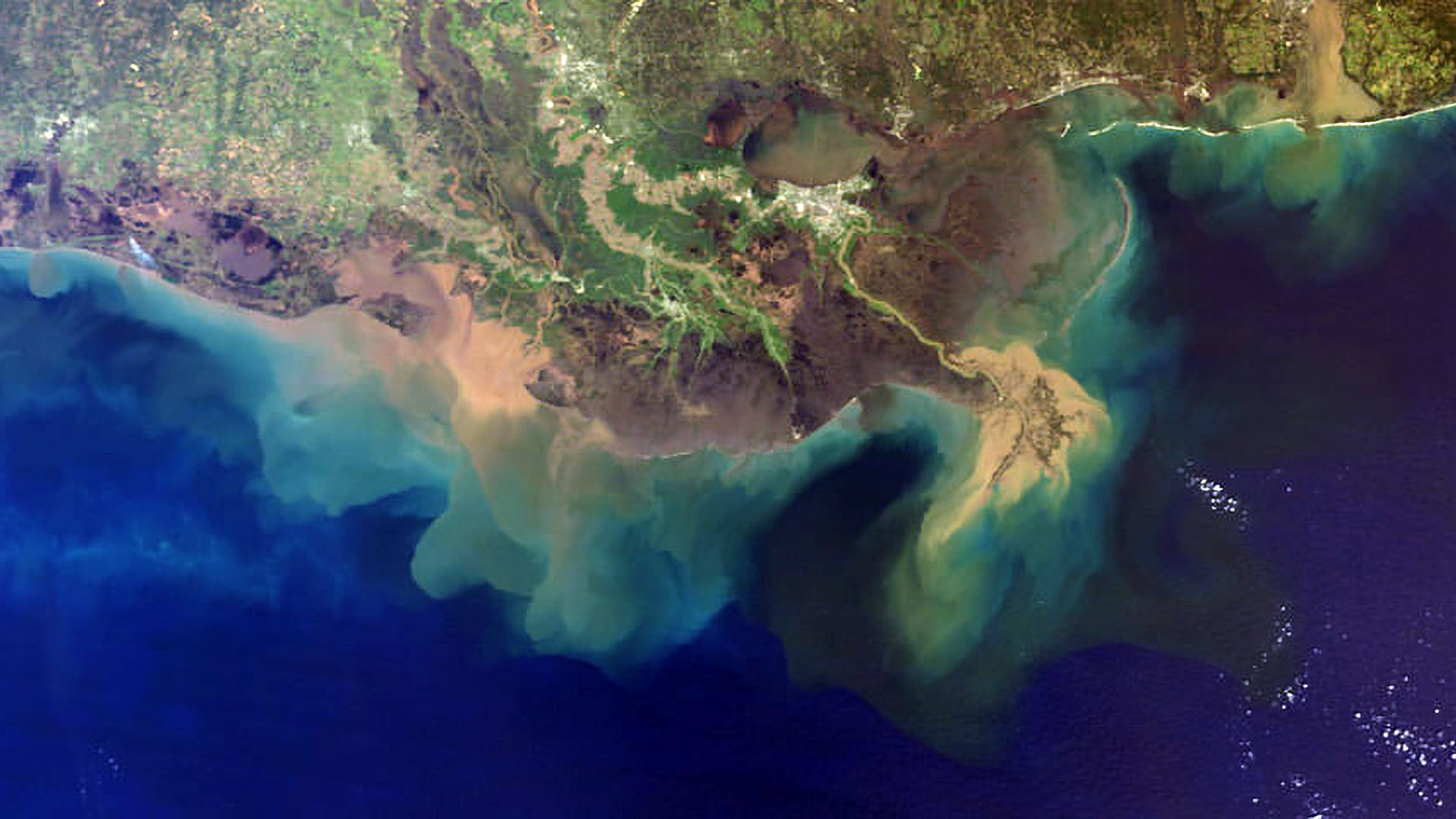The oceans are losing oxygen, and faster than we thought
WHOI scientists weigh in on IUCN ocean deoxygenation report
By Evan Lubofsky | December 11, 2019

Ocean oxygen levels have dropped by 2% between 1960 and 2010, triggering an expansion of marine dead zones throughout the global ocean that has put marine life and ecosystems in peril.
These alarming findings are published in a new report by the International Union for Conservation of Nature (IUCN), which found that climate disruptions, warmer ocean temperatures, and increasing nutrient runoff from fertilizers and wastewater on land have contributed to the ocean’s increasingly anoxic conditions over the past half-century.
“This is an impressive and comprehensive study examining the state of knowledge regarding disappearing oxygen from the oceans and its ecological implications,” says Mak Saito, a marine chemist at Woods Hole Oceanographic Institution (WHOI). “What is striking is that deoxygenation is caused by the combination of environmental problems: climate change from the burning of fossil fuels and nutrient loading from fertilizers and sewage. They both contribute to this new problem with implications for ecosystems, fisheries and ocean chemistry.”
As the ocean warms, it holds less oxygen and prevents mixing between the upper and lower layers of the water column, which slows circulation. These changes result in the formation of low oxygen areas and “dead zones" that are often compounded by harmful algal blooms. Dead zones choke off crucial oxygen supplies to a variety of marine species—particularly those with high metabolic rates such as sharks, tuna, and swordfish.
Maria Pachiadaki, a marine biologist at WHOI, says that the ecological consequences are significant. “Ocean deoxygenation is causing habitat loss for migratory and bottom-dwelling organisms, and modifications to the marine food web,” she says.
Saito adds that low-oxygen regions of the oceans can also have a major influence on ocean chemistry. “There may be the potential of increased production of nitrous oxide greenhouse gases—which could also have impacts on climate.”
In a study published in 2018, researchers from WHOI and Florida State University looked at past ocean deoxygenation events to gain more insight into modern-day oxygen loss in the ocean. They investigated one of the most extreme periods of deoxygenation that occurred 94 million years ago—known as Oceanic Anoxic Event 2—which led to the global extinction of marine animals. The study suggested that up to half of the deep ocean had become oxygen depleted during the event, and remained anoxic for an estimated half-million years before it recovered.
More importantly, the researchers drew parallels between deoxygenation rates then and now.
“The rates experienced before the ancient event were surprisingly similar to the two-percent oxygen depletion trend that we’re seeing today,” says Sune Nielsen, a geochemist at WHOI and co-author of the study. “We don’t know if the ocean is headed toward another global anoxic event, but the trend is, of course, worrying.”
The IUCN report suggests that ocean deoxygenation is putting life at risk—the ocean is the primary source of protein for more than 1 billion people—and that our own survival depends hinges on protection of our ocean. But can anything be done to slow things down?
Reductions in greenhouse gasses stemming from human activities could help curb the trend, according to the report, as well as nutrient reduction strategies. “A range of potential solutions to nutrient reduction exists, and can be tailored to local needs and economies,” according to the authors.
These suggestions resonate with Pachiadaki, who says that more scientific research will be critical to better understand the various dynamic at play. Next summer, she, along with colleagues from WHOI, will conduct field work off the coast of Mexico in the world’s largest open-ocean oxygen-depleted system, the East Tropical North Pacific Oxygen Minimum Zone (OMZ).
“Currently, there’s a large knowledge gap in terms of how microbes respond to conditions in the OMZ,” says Pachiadaki. “We will be measuring microbial processes directly in the water column there to understand how microbes respond to different concentrations of oxygen. This will help us more fully comprehend the consequences of low-oxygen areas for marine ecosystems.”
Saito echoes Pachiadaki’s point about the need for more oceanographic research.
“This report highlights the key need to better understand the how deoxygenation will impact ocean health, as well as the critical and overdue importance in reducing CO2 and nutrient pollution as their effects on climate and ecosystems accumulate,” he says.
